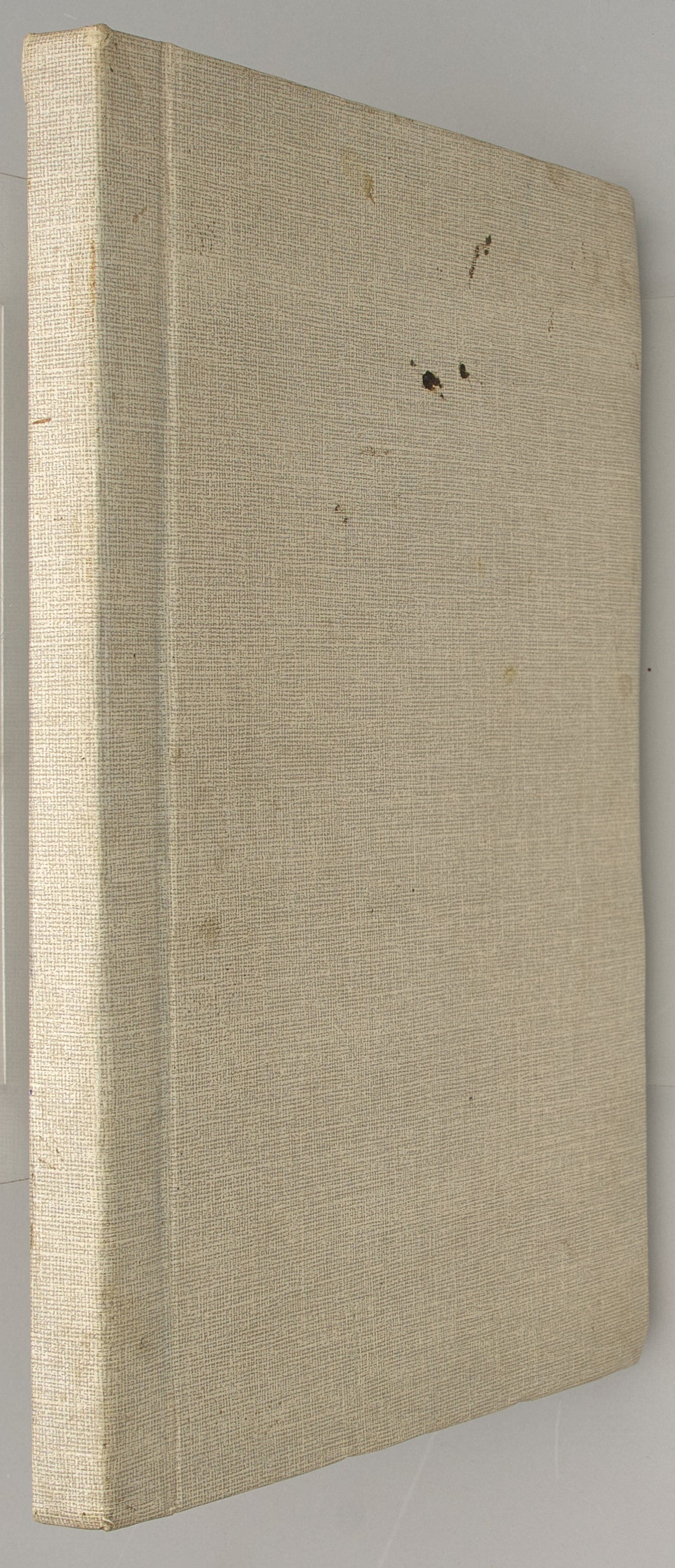Trukamura, Ro; Kazil, Anatol
Karate Do. Photocopied typescript. Samizdat of Karate manual by a former KGB agent.
Karate Do. Photocopied typescript. Samizdat of Karate manual by a former KGB agent.
Couldn't load pickup availability
Trukamura, Ro; Kazil, Anatol Karate Do. Photocopied typescript.
Moskva [Kyiv], 1979.
4to, 2-117 l., [34] l.ill. (karate moves).
In owner’s paper-covered boards. Misprints in pagination: starts with l. 2, l. 15 is followed by 13, two l. 35, l. 96 is followed by 98 (without loss).
In good condition, light staining to covers, small tears to back cover edge and spine.
A very rare early manual on karate in the USSR. [One of 200 copies issued].
This rare book was compiled by karate coach and former KGB informant Rudolf Katsenbogen (b. 1938), together with his student Oleg Trusov. Both authors used pseudonyms to conceal their identities.
Katsenbogen was first introduced to karate in the mid-1950s through a friend – an Armenian descendant of White émigrés who had lived in China and returned with knowledge of karate and kung fu. Inspired, Katsenbogen began practicing the martial art in secret.
By the early 1970s, as interest in karate was growing in the USSR and official clubs began to open, he started giving interviews to Soviet periodicals and teaching the discipline. His activities attracted attention not only from enthusiasts but also from the KGB.
In 1978, karate was officially recognized as a sport by the Soviet Committee for Physical Culture and Sport under the Council of Ministers. Around that time, a Ukrainian publishing house approached Katcenbogen with an offer to publish a karate manual. Although the manuscript was submitted, the book was never published, and no explanation was provided. This led to the creation of this samizdat (self-published) edition, limited to just 200 copies. The true authors remained uncredited; readers were led to believe it was a translation of a work by Japanese and French coaches.
Interestingly, in the same year that this samizdat appeared, an official manual titled 'Karate Combat: A Lesson-by-Lesson Program for Sports School Departments' was published. However, it too was issued by a small press and notably lacked any instructional illustrations or diagrams of movements.
Unfortunately, the rise of karate was short-lived. In 1981, a criminal statute was introduced against 'illegal training in karate', abruptly halting the sport’s rapid spread. The crackdown likely stemmed from state anxieties: authorities feared that karate enthusiasts harbored anti-Soviet sentiments and that the Eastern philosophy associated with the practice could undermine communist ideology. Due to its perceived ideological threat and the difficulty of state regulation, karate was banned. Numerous training groups were disbanded, and many coaches were arrested and imprisoned. The sport remained underground until its revival in 1989.
In March 1981, a criminal case was brought against Katcenbogen. Authorities raided his apartment and charged him with distributing the samizdat manual and engaging in illegal entrepreneurial activity – namely, accepting payment for karate lessons. He was sentenced to four years in prison but was unexpectedly released after serving just one year.












